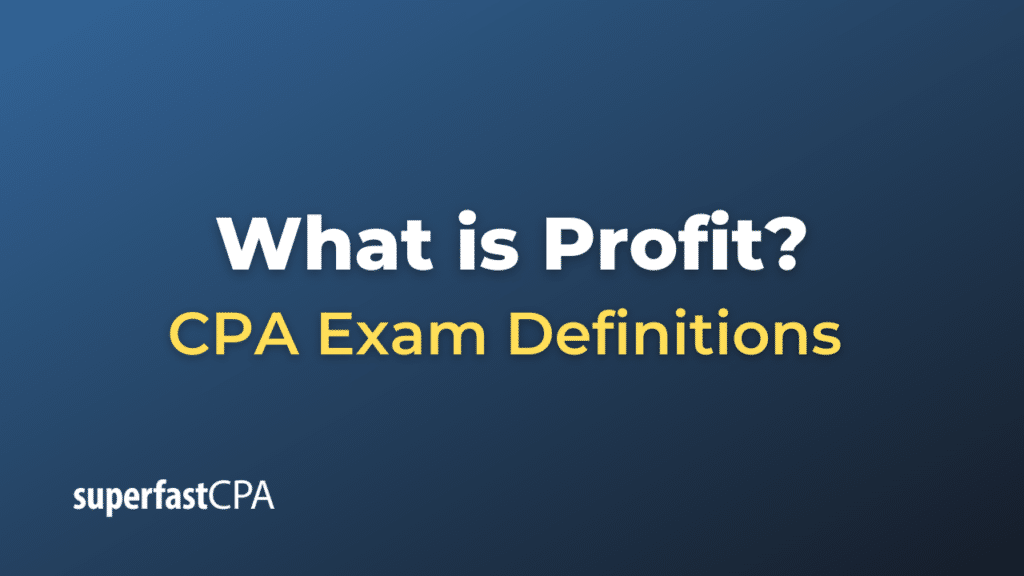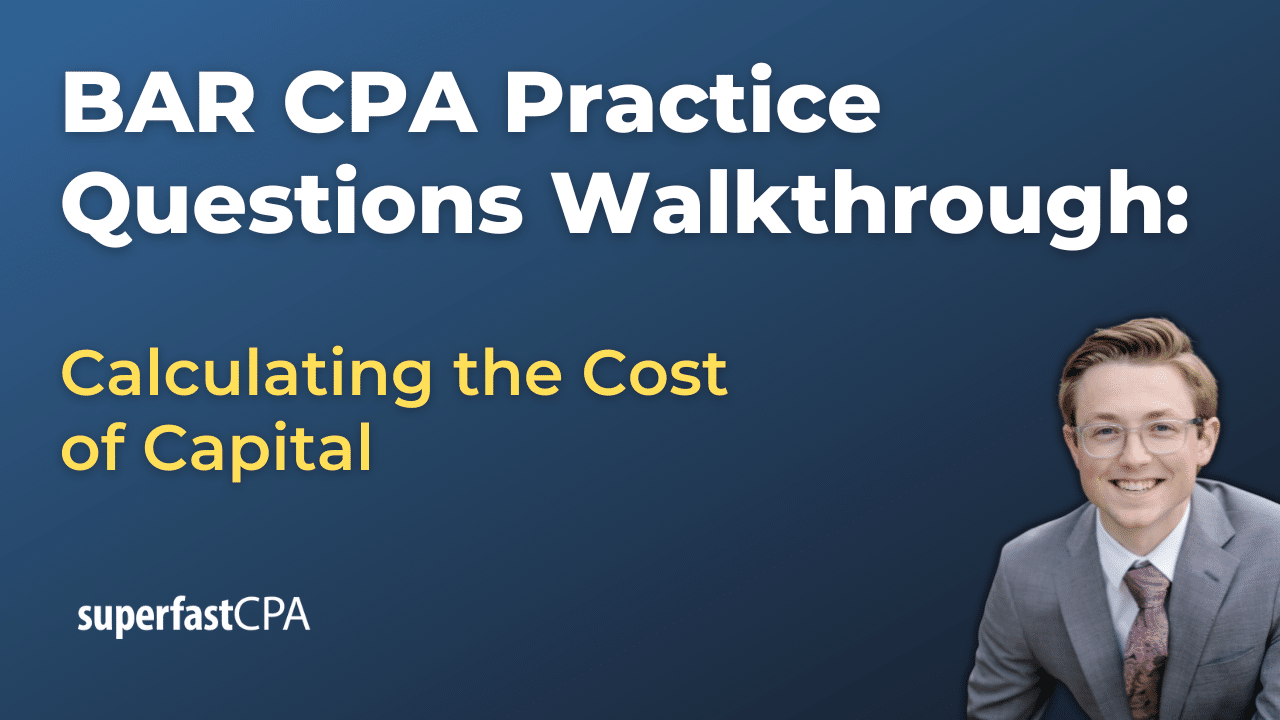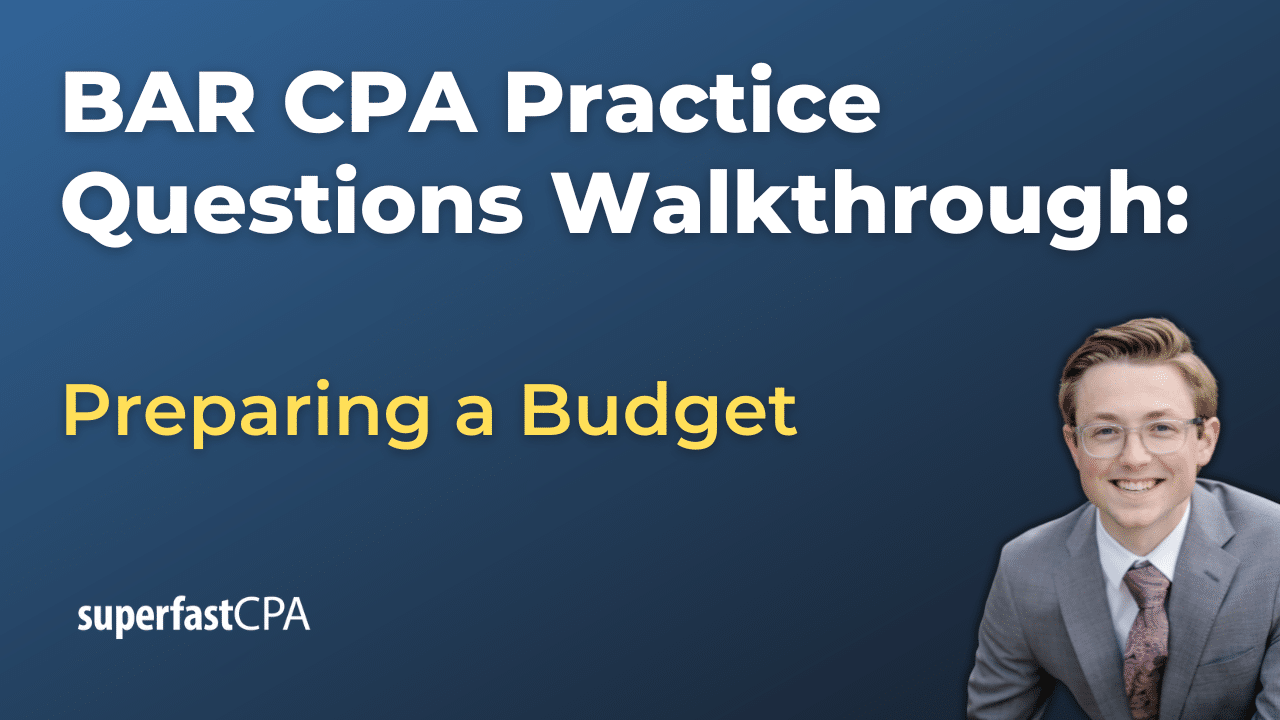Profit
Profit is the financial benefit that is realized when the revenue gained from a business activity exceeds the expenses, costs, and taxes involved in sustaining the activity. Essentially, it’s the money that a business has left over after paying all of its costs.
Profit is a key measure of the success of a business. It shows how effectively a company is using its resources to generate wealth. A consistently profitable business can attract investors, and profits can be reinvested back into the business to spur growth.
There are several different types of profit, each providing a slightly different view of a company’s financial performance:
- Gross Profit : This is calculated as revenue minus the cost of goods sold (COGS), which are the direct costs attributable to the production of the goods sold in a company.
- Operating Profit: Also known as operating income or operating earnings, this is calculated as gross profit minus all operating expenses (like rent, salaries, utilities, and depreciation), but before interest and taxes. It shows the profit made from a company’s core operations.
- Net Profit: Also known as net income or net earnings, this is what’s left over when you subtract all of a company’s expenses, not just its direct and operating costs. This includes taxes and interest. It’s often referred to as the “bottom line.”
It’s important for businesses to monitor all these different types of profit as each one provides a unique perspective on the company’s financial health and operational efficiency.
Example of Profit
Let’s consider a fictional company, “WidgetCo”, that makes and sells widgets. Here’s how we might calculate the different types of profit:
- Gross Profit: Suppose WidgetCo made $1,000,000 in sales (revenue) last year. The cost of goods sold (COGS), which includes the costs of the raw materials and labor to make the widgets, was $400,000. So, their gross profit would be:
Gross Profit = Revenue – COGS
Gross Profit = $1,000,000 – $400,000
Gross Profit = $600,000 - Operating Profit: Now let’s say WidgetCo had operating expenses of $200,000. This includes costs like rent for their factory, salaries for their administrative staff, and utilities. We subtract these costs from the gross profit to find the operating profit:
Operating Profit = Gross Profit – Operating Expenses
Operating Profit = $600,000 – $200,000
Operating Profit = $400,000 - Net Profit: Finally, let’s say WidgetCo had additional expenses of $50,000 in interest on their business loans, and they had to pay $100,000 in taxes. Subtract these from the operating profit to find the net profit:
Net Profit = Operating Profit – Interest – Taxes
Net Profit = $400,000 – $50,000 – $100,000
Net Profit = $250,000
So, after all expenses were paid, WidgetCo made a net profit of $250,000 last year. This money can be reinvested in the business, distributed to shareholders, or saved for future use.













